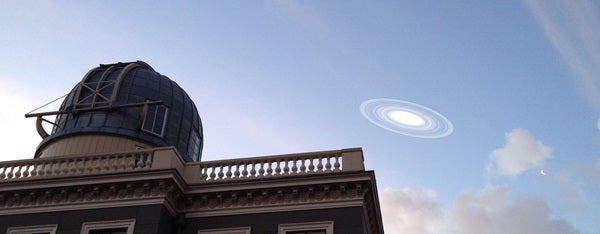Rings around planets are gorgeous, but inherently temporary. But a new mathematical model permits a path to more stable ring systems: orbiting backwards.
Saturn is classically beautiful, its rings creating an elegant silhouette burned in our collective iconography of planets. But the rings are anything but timeless, a momentary exception to an otherwise-bare gas giant. (Maybe: Cassini is investigating that very theory during its final orbits before the mission ends in September 2017).
But as usual, looking at exoplanets beyond our Solar System opens up new theories in planetary science. Researchers Steven Rieder and Matthew Kenworthy observed a star 420 light-years away. They interpreted the periodic dimming of star J1407 as evidence of an eclipsing planet with an elliptical orbit. But to fully explain the dimming and brightening, the researchers concluded it must have extensive rings.
The rings around the planet are more than one hundred times larger than the rings of Saturn. This led the scientists to question how such an intense ring system could last for any appreciable length of time.
Rieder and Kenworthy modeled different starting conditions and configurations for the rings around the planet, and how they evolved over time. A normal ring system, one that orbits around the planet the same way that the planet orbits around the star, could only last for a few orbits before shedding rings. According to their models, a normal ring system would shrink to less than half of its original diameter within 100,000 years. But a retrograde ring system, one that orbits in the opposite direction of the planet’s orbit, can last the same time while keeping three-quarters of its original diameter. The rings could last even longer if moons or small collisions replenished the rings with ice and dust.
But like so many ideas in science, the new theory leads to yet more questions. If J1407 really has a planet racing around in in one direction while enormous rings orbit in the other, how did such a system form?
The answer to that may lay closer to home. Uranus and its faint rings are tilted a full 98 degrees from its orbit. Scientists have yet to reach consensus on the best theory to explain why Uranus is the way it is, but lean towards massive collisions in its past. The same may be true of the planet around J1407, its peculiar backwards-spinning rings evidence of a supremely violent past.
Simulated model of the rings around J1407b from Steven Rieder on Vimeo.










